The e-invoice will arrive in the country in December and its implementation will consist of two phases.
Less than a year ago, Saudi Arabia announced that e-invoicing would be mandatory by 2021. Since then, the country has detailed technical specifications, implementation phases and other information of interest. Below, we review the most important aspects to keep in mind if your company operates in Saudi Arabia.
FATOORAH Project
FATOORAH is the name of the e-invoicing project in Saudi Arabia. ZATCA is the tax authority responsible for the project.
In Saudi Arabia, e-invoicing will be mandatory for B2B, B2G and B2C transactions. And all taxpayers resident in the country will have to adopt it.
Implementation date and phases
The implementation of e-invoicing in Saudi Arabia will begin on 4 December 2021. From that date, paper invoices, or manual invoices, will no longer be accepted. Phase 1 of the project will then begin.
In phase 1 the taxpayer will have to generate the e-invoices with a compatible system. The taxpayer must also store the file and send an electronic copy to the customer. The e-invoice must contain information on the buyer’s tax number, the date of issue and the VAT breakdown. An optional QR code can be added to B2B invoices. The QR code is mandatory for B2C invoices or simplified invoices.
Phase 2 of e-invoicing implementation in Saudi Arabia will start on 1 January 2023. From that date, all invoicing systems will have to be integrated or compatible with the ZATCA system. Thereafter, invoices will have to be generated in XLM format. Certain mechanisms must also be implemented to ensure the security of electronic invoicing. These mechanisms are the electronic signature, the universal unique identifier and the hash. Including a QR code on the invoice will also be mandatory in phase 2 of the implementation of e-invoicing in Saudi Arabia.
If you do not want to miss the legislative updates on e-invoicing in Saudi Arabia, or in the rest of the world, subscribe to our monthly newsletter.











